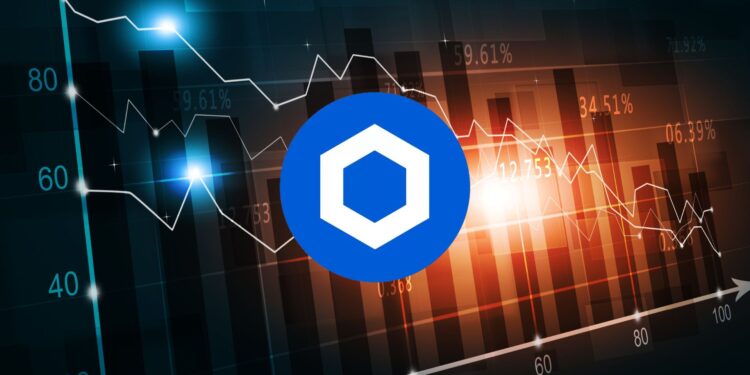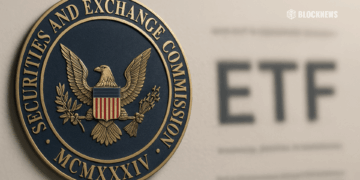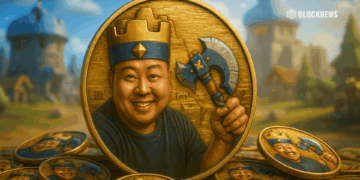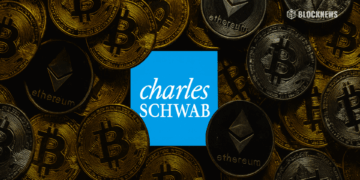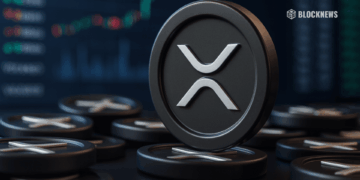- Chainlink is positioning itself as the backbone of real-world asset (RWA) tokenization, powering major institutions like Coinbase, Fidelity, Fireblocks, and PayPal with tools like CCIP, price feeds, and proof-of-reserve services.
- Dozens of high-profile RWA partnerships—including with stablecoin issuers and money market funds—highlight Chainlink’s growing influence in bridging traditional finance and decentralized ecosystems.
- Despite the surge in adoption, LINK’s price remains relatively muted at $12.62, but analysts believe a breakout is possible if support levels hold and market conditions improve.
Chainlink is aiming for something way bigger than price feeds. It’s carving out a spot right in the middle of one of the biggest crypto trends brewing right now—tokenized real-world assets, or RWAs. And it’s not just talk. The decentralized oracle network has already laid a lot of the groundwork to become the go-to infrastructure for making RWAs possible at scale.
So what’s the big picture here? Why does Chainlink matter in this RWA wave, and can all this momentum give LINK the boost investors are hoping for?
The Mission: Bridge the Real World with Blockchains
Chainlink wants to be the core infrastructure that brings traditional assets—think real estate, treasuries, even private funds—onto the blockchain. Its suite of services is designed to help developers and institutions connect off-chain data with smart contracts in a way that’s secure, transparent, and automated.
To date? Chainlink’s tech has supported over $20 trillion in on-chain transaction value. Pretty wild. From cross-chain transfers with CCIP, to secure price feeds, to proof-of-reserve audits—they’re doing it all. The point? Build trust in tokenized assets and make the process seamless across chains.
Chainlink’s RWA Partnerships Are Piling Up
If you’re wondering whether any big names are actually using Chainlink’s tools—yes, and quite a few.
- Coinbase’s Project Diamond is relying on Chainlink for managing tokenized assets end-to-end. Think compliance, cross-chain support, the works.
- Fireblocks teamed up with Chainlink Labs to help banks create and manage stablecoins safely across global markets.
- Taurus has been working with Chainlink to solve key issues like secure asset movement and price reliability. They’ve even moved USDC between chains using Chainlink’s CCIP tech.
- OpenEden, the platform behind the USDO stablecoin, uses Chainlink for pricing and cross-chain asset management.
- Backed, in collaboration with Fortlake and Sonic, is using Chainlink to help bring traditional securities into DeFi, making sure collateral checks and price feeds are all dialed in.
Even Fidelity International and Sygnum are in the mix. They’re feeding NAV data from a $6.9 billion fund on-chain using—you guessed it—Chainlink.
Startups Are Jumping In Too
It’s not just the big dogs. New players are finding real use in Chainlink’s services.
- Fasanara, a digital asset manager, just launched a money market fund on Polygon. They’re using Chainlink to verify assets and keep it running smooth across chains.
- Spiko, in partnership with CACEIS, brought fund NAV data for EUR and USD money market funds onto Ethereum—first in the EU. That’s a big step for transparency in finance.
Also, don’t sleep on this: PayPal’s PYUSD stablecoin uses Chainlink’s price feed. So does Ripple’s new stablecoin, RLUSD. Both rely on LINK to stay accurate in DeFi environments.
LINK’s Price—Catching Up or Lagging Behind?
With all these integrations and partnerships, you’d expect LINK to be flying high. And yet, it’s kind of… quietly holding its ground.
As of now, LINK trades around $12.62, up just a bit—roughly 1.66% in the last 24 hours. Nothing explosive, but not collapsing either.
The whole crypto market’s kind of wobbly at the moment, so that’s part of it. But if LINK keeps showing strength near key support zones, it might just be coiling for a breakout. Some analysts are watching closely—one push through resistance, and LINK could catch serious momentum.
Final Thoughts: Chainlink’s Playing the Long Game
The Chainlink story isn’t just about price movement this week or next month. It’s about laying the foundation for a trillion-dollar market—RWAs—and being the invisible layer that makes it all run.
If the trend plays out the way people think it might? LINK holders could end up in a very good spot.


